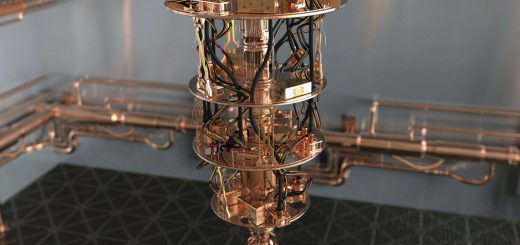Glasses coated in lithium could let us see in the dark
A film made of lithium niobate and gratings of silicon dioxide converts infrared light into visible light better than the other leading compound, potentially allowing nighttime vision
By James Woodford
5 June 2024
The device that can convert infrared light into visible light
Laura Valencia Molina et al. 2024
Glasses coated in a lithium compound could one day allow wearers to see clearly in the dark.
For more than a decade, researchers have been searching for the best lightweight material that can convert infrared light, which the human eye cannot see, into visible light. The idea is to replace night vision goggles, which are often heavy and cumbersome.
Until recently, the main candidate was gallium arsenide. Now, Laura Valencia Molina at the Australian National University in Canberra and her colleagues have discovered that a film made of lithium niobate, coated with silicon dioxide gratings, performs better.
Advertisement
Read more
Drones may have attacked humans fully autonomously for the first time
“The improvements in design and material properties enabled us to obtain a 10 times higher conversion of infrared light to the visible as compared to the gallium arsenide film,” says team member Maria del Rocio Camacho-Morales, also at the Australian National University.
Through a series of experiments, the team showed that the lithium niobate film could convert high resolution imaging from infrared light at 1550 nanometre wavelengths to visible light at 550 nanometre wavelengths. This surpassed the ability of gallium arsenide.


